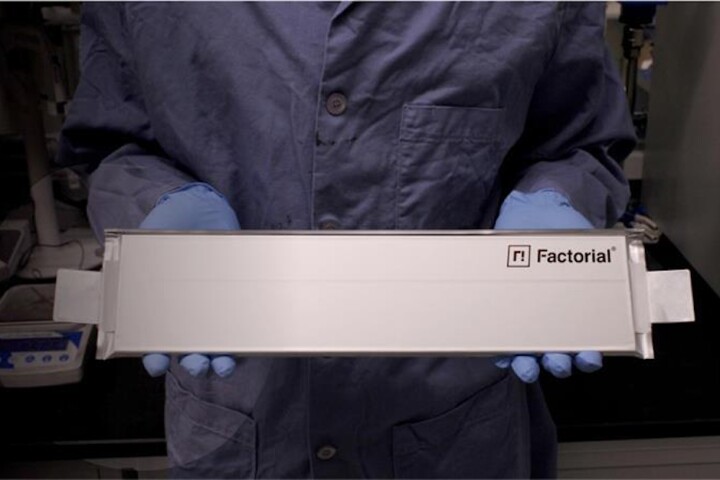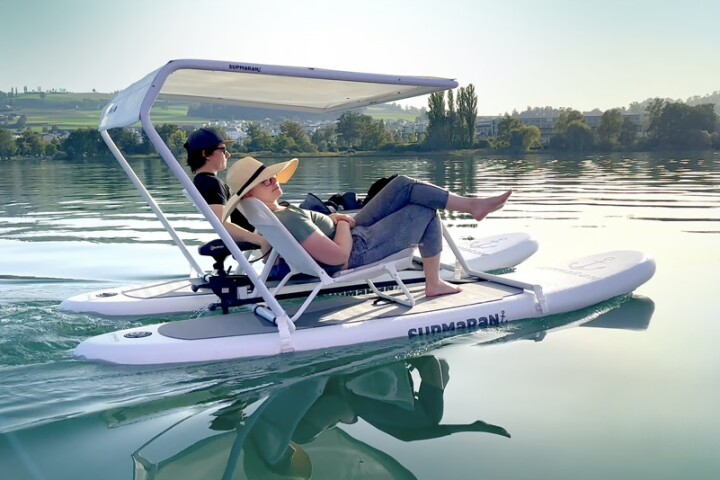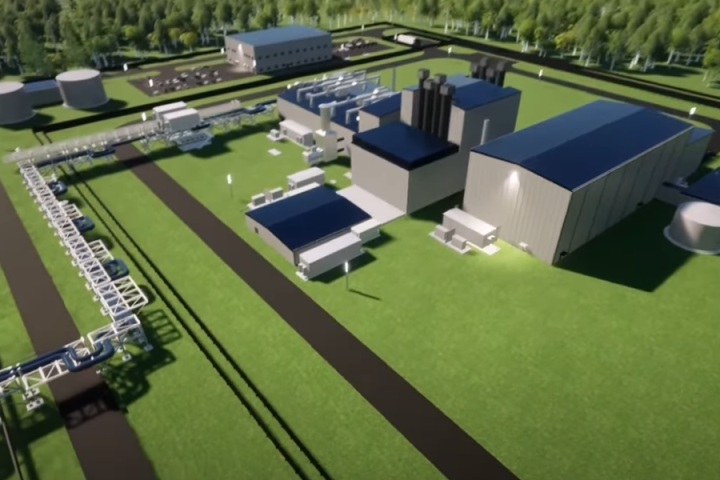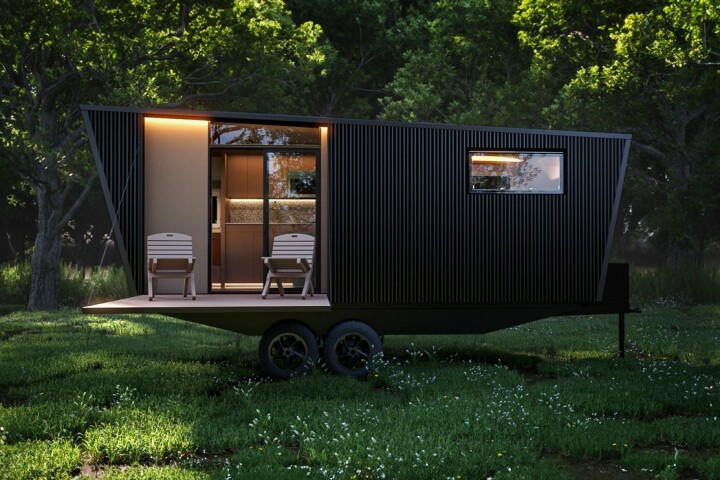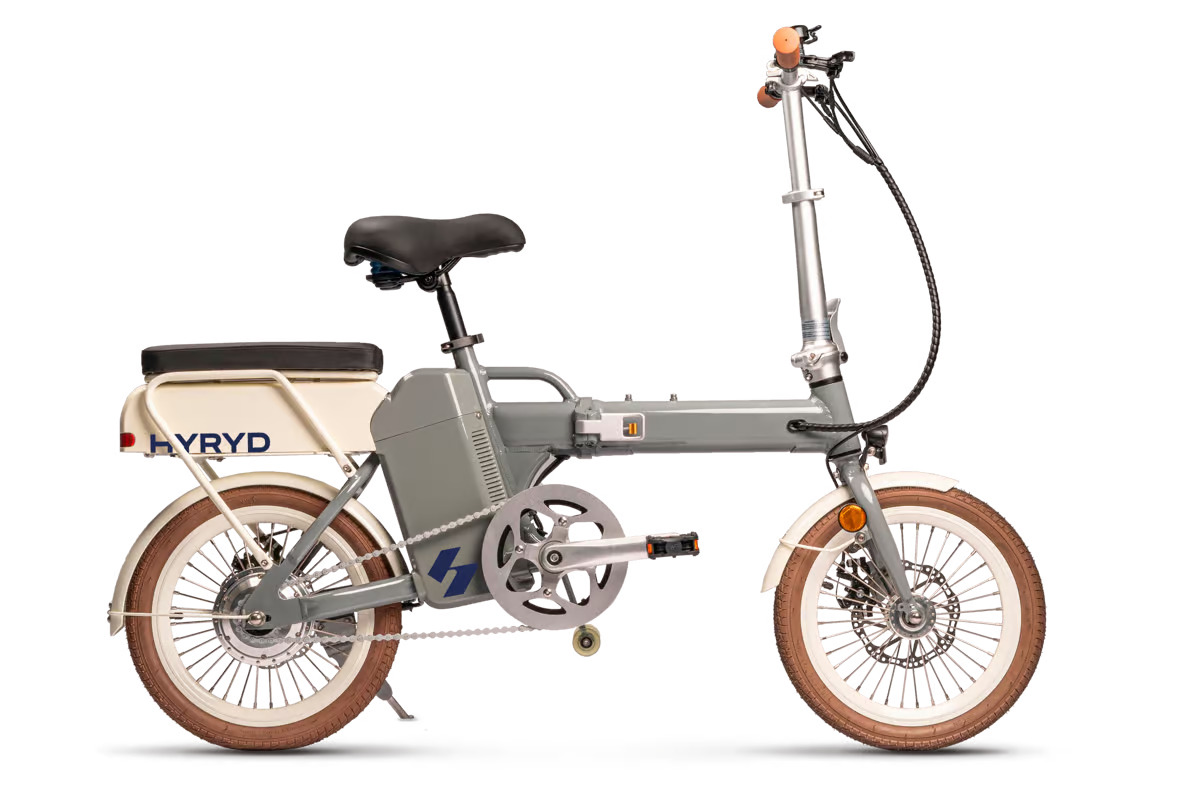 HydroRide Europe AG’s HYRYD ebikes use a hydrogen fuel-cell to power the ride, with a compact solar-powered hydrogen generator available for green H2 production potential. HydroRide Europe AG –
HydroRide Europe AG’s HYRYD ebikes use a hydrogen fuel-cell to power the ride, with a compact solar-powered hydrogen generator available for green H2 production potential. HydroRide Europe AG –
The global ebike market is estimated to grow in value to almost US$120 billion by 2030, and it’s not surprising. Whether commuting or leisure riding, pedal-assist bikes take some of the strain out of the journey while also opening up routes for older riders. The vast majority of ebikes on the street roll with Li-ion batteries, but they can spend a good deal of time parked up charging,
Swiss tech company HydroRide Europe AG is hoping to tempt e-cyclists over to the hydrogen fuel cell camp with the promise of super-fast top-ups for its range of city ebikes. And even has a compact hydrogen generator in its product portfolio, which can produce 20 g of hydrogen from 200 ml of purified water in around five-to-six hours. The company says that its refill station can even be powered by solar panels instead of the grid to produce green hydrogen, though efficiency and operational figures don’t appear to have been revealed.
Either way, that hydrogen is transferred to a 25-cm-tall (9.8-in) bottle-like container at an internal pressure of 1 MPa. Popping one of these containers into the frame of one of the company’s HYRYD ebikes feeds the onboard 180-W fuel cell and offers up to 60 km (37 miles) of range. Then it’s just a case of removing a spent container and replacing it with a fresh one, which is said to take just 3-10 seconds.
HydroRide currently has a low-step commuter ebike in its range, along with a sport model and a compact three-step folding city bike that weighs in at 19.5 kg (43 lb). Each features a rear hub motor to provide pedal-assist to 23 km/h (14 mph) and reliable stopping power is provided by disc braking.
Though other specs are not included in the press materials, there is mention of a container-swap station in the works that’s aimed at fleet operators, and works in a similar way to Gogoro’s battery swap stations. A rider running low on H2 can pull up to a swap station and pull out a “charged” container, quickly install it in the HYRYD ebike and then place the spent module in the same slot on the swap hub, where it will reportedly be refilled using solar energy.
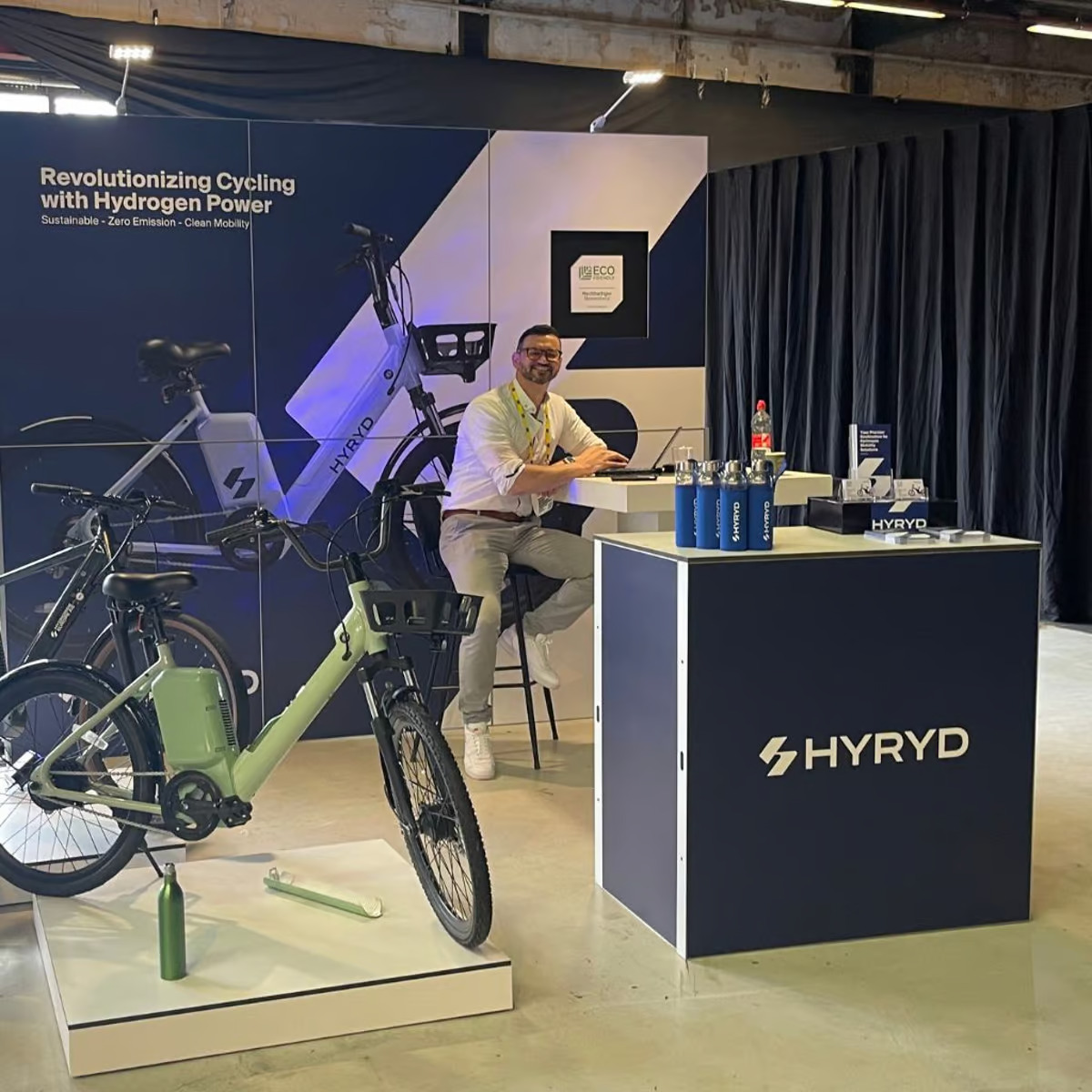
–
As for pricing, all of HydroRide’s products are aimed at rental businesses rather than consumers so European riders may need to look for HYRYD-based rideshare schemes. Or perhaps you’ll be lucky enough to work for a company that offers the H2-powered ebikes to employees as “leave the car at home” incentives in the future. A fuel-cell-powered e-scoot is also on the development roadmap.
The company has recently displayed its product line at the MicroMobility expo in Amsterdam, and is now preparing for Eurobike in Frankfurt from July 3.
Source: HydroRide Europe AG View gallery – 6 images
–










